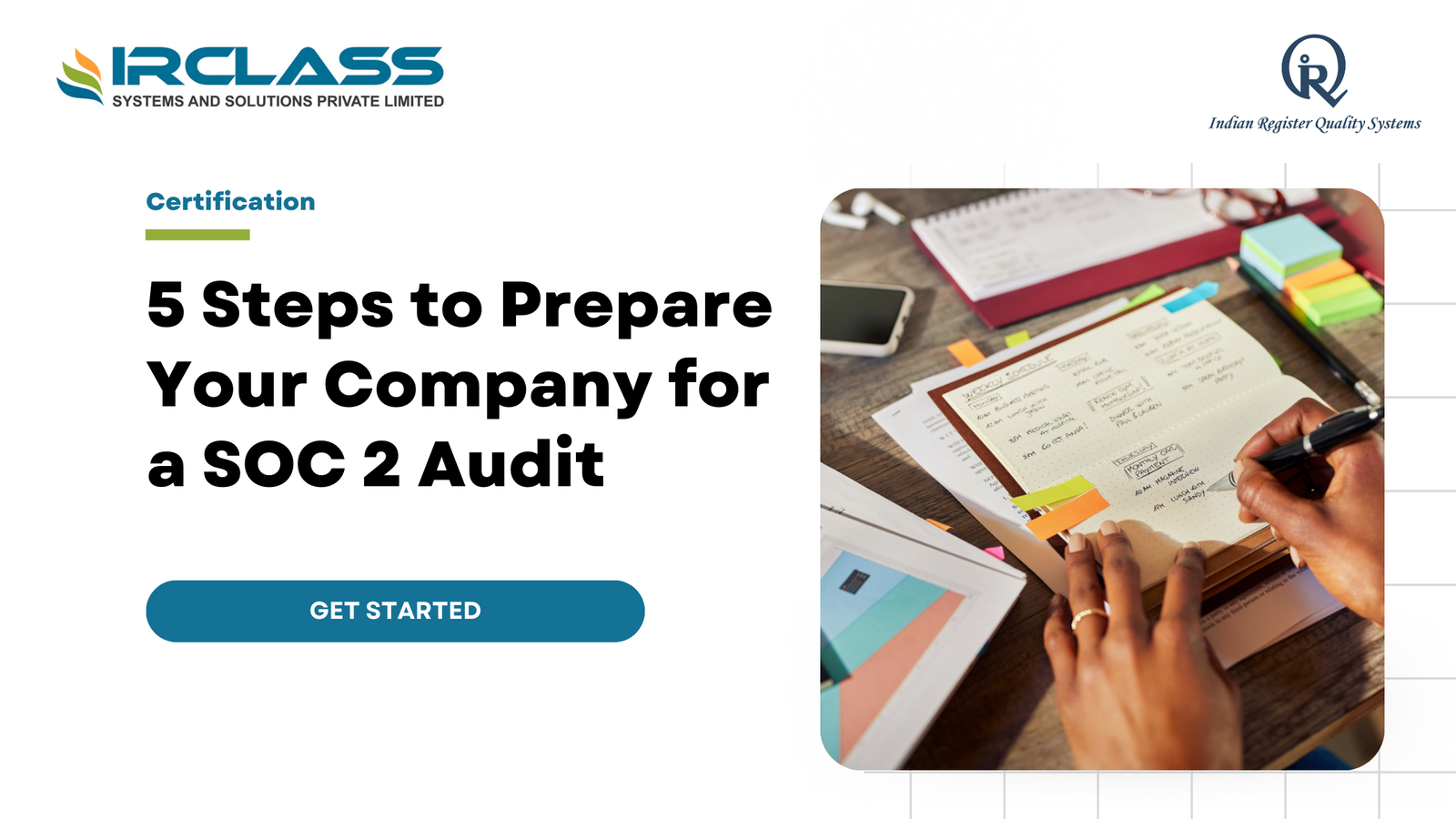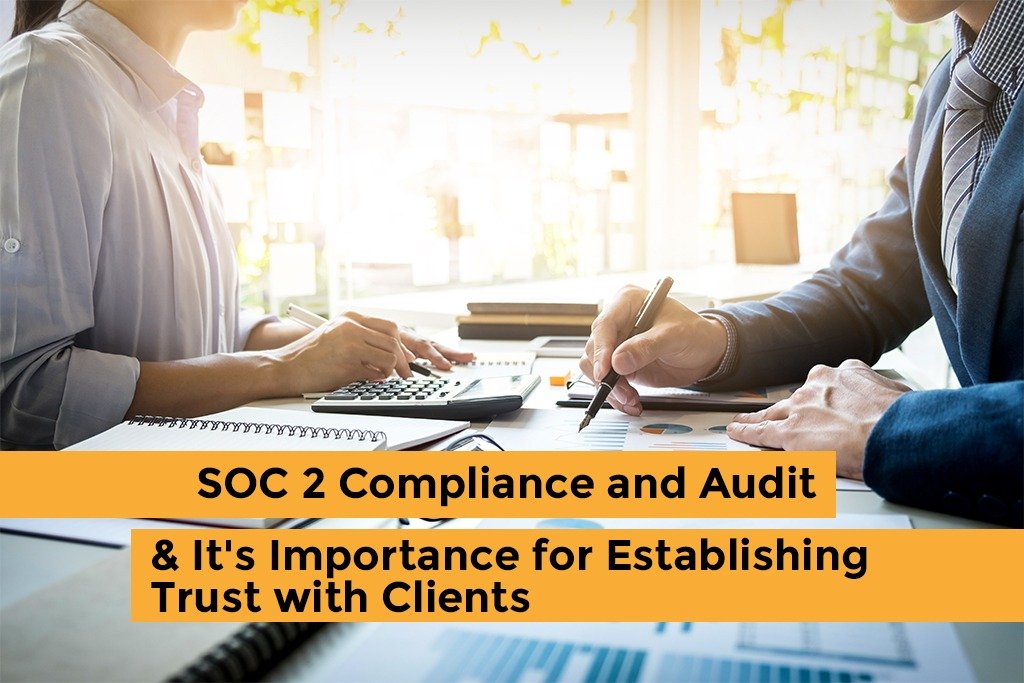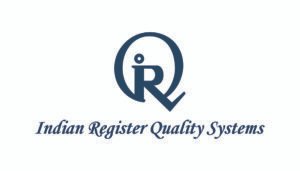Tag: SOC 2 compliance

5 Steps to Prepare Your Company for a SOC 2 Audit
Today, protecting customer data is now an existential concern for businesses. If you are providing SaaS or managing sensitive client data, it is often an important milestone to achieve SOC 2 compliance. SOC 2 (Service Organization Control 2) is a framework designed to ensure that service providers securely manage data to protect the privacy of their clients. Here, we are going to cover the 5 critical steps you must take before a SOC 2 audit and how to get started on your journey of being compliant. 1. Understanding SOC 2 Requirements The first step in preparing for a SOC 2 audit is to comprehend what you are getting yourselves into. SOC 2 is not one size fits all as the certification you achieve will depend on your services and the systems supporting them. There are five Trust Service Criteria (TSC) at the center of the SOC 2 framework: security, availability, processing integrity, confidentiality, and privacy. Only security is a must-have; for the rest of them, you must pick as per your business’s nature & customer requirements. It is important to understand which of these criteria apply to your organization as they will determine the scope for audit. For instance, if an organization deals with sensitive personal data, confidentiality, and integrity attributes could be quite high on the audit scale. 2. Performing a Gap Analysis After you have a good understanding of what SOC 2 requirements are, now do the gap analysis. This is the process of determining what you are already doing in terms of security and operational controls that meet those SOC 2 criteria. It will show the areas where your organization is lagging, and you can work on them before moving to an actual audit. Before you conduct a gap analysis, evaluate your current policies and procedures to determine if the controls are in place for each relevant Trust Service Criteria. Uncover any potential vulnerabilities or deviations from the SOC 2 tier. You may have robust firewall protections but lack proper procedures for responding to incidents or control within your team. 3. Implementing Controls and Remediation The second important and logical step after the assessment of the current security position is the deployment of security controls and correction of observed deficiencies. This phase entails making tangible steps to close the gaps identified in your analysis and guarantee that your systems are SOC 2 compliant. Start by ranking the gaps according to the relevance that they have to the organization and the amount of work that will be needed to fill them. Issues that have high risk implications for security or data privacy should be considered for action first. For example, if you find out that access controls are inadequate, then put in place RBAC and MFA throughout your organization. Next, pay attention to the creation of the technical controls necessary to meet the selected Trust Service Criteria. This may include the use of encryption for data in transit and data at rest, installing monitoring systems or intrusion detection systems. Just a reminder that these controls have to be not only applied but also validated to prove that they work as planned. Another important factor in this implementation phase is the training of the employees. Your team has to adapt to new processes and security measures in the organization. Provide broad training in security awareness as well as training on the specific requirements of SOC 2. This way you make certain that your technical controls are backed up by adequate human supervision and comprehension. In this phase, it is necessary to monitor the progress and keep records of all the implementation and alterations made. These records will be useful when you get to the documentation phase and will serve to show your compliance journey to the auditors. 4. Preparing Documentation Documentation plays a huge role in the process of getting audited for SOC 2. Rather than just examining your security controls, auditors will look at your written policies and procedures to confirm that they are implemented and also followed consistently. Thus, it is necessary to document thoroughly and accurately. The first step is to document your organization’s policies, and procedures for each Trust Service Criteria that applies to your audit. These policies will detail your company’s approach to data security, availability, confidentiality, and privacy. Specifically, your data retention policy should outline the period for which sensitive information is kept and how it is disposed of (secure erase) after a period of non-use. Your incident response plan should contain a narrative of what it is that you are going to have your team do when something (really) bad happens in some type of special breach. Records should also be available on employee training, system monitoring, and internal audits. These documents show that there are not only policies, but they are enforced as well. Maintain SOC 2 documentation in a single repository that is easier to both access and update when going through documents required for the audit preparation. 5. How to Conduct a Pre-Audit Performing a pre-audit can find the last weak spots that need to be adjusted before conducting an official SOC 2 audit. If the real audit is not for a few months yet, then you can even try to pass what we might call an initial exam, or pre-audit. Hiring an independent consultant or auditor to perform your pre-audit can be helpful as they will conduct a more neutral evaluation of both controls and documentation. This way, they can analyze all your systems, and what you might have missed as risks. Having this new perspective on things before the actual audit starts can be valuable for anything that might have been overlooked. You should also take this opportunity to test your organization’s incident response and security controls in a pre-audit. Thus, fixing any critical situations during the pre-audit stage itself can help you clear an official audit and get your SOC 2 certification with ease. Conclusion Having a SOC 2 certification is a way to prove

Achieving SOC 2 Compliance: Ensuring Trust in Data Security
Achieving SOC 2 Compliance: Ensuring Trust in Data Security In the fast-paced digital landscape, data security is paramount for all organizations. Over time, more organizations have become cent percent dependent on technology to conduct business operations. Organizations must handle sensitive information with robust security controls. As a result, ISO frameworks have become critical. SOC 2 is a well-known auditing standard. It was designed by the American Institute of Certified Public Accountants or AICPA. The global standard is essential to assess the information security controls in an organization. SOC 2 audits are ideal to review the effectiveness of the data security system. It also reviews data availability, integrity, confidentiality, and privacy norms. Service Organization Control 2 – A brief outline SOC 2 or Service Organization Control 2 is a set of well-defined guidelines for organizations that need data management and storage. Companies that store, process, access, and transmit sensitive data need the SOC 2 certificate. It provides a well-defined and comprehensive framework for evaluating the effectiveness of an organization’s security measures and practices. Data security, integrity, confidentiality, privacy, etc., are the key focused areas of the SOC 2 framework. Any organization firm can adhere to the trust principles of the certification program depending on the business practices. The framework helps maintain the data systematically with optimal convenience for the organization’s regulators, business partners, and suppliers. Choosing SOC 2 for your organization – Prime benefits Overview of the certification steps – Know it rightly The certification steps for compliance with SOC 2 are – There are two types of SOC 2 reports: Consider the certification – With the help of the framework, create detailed data security and management policies that address the prime trust services of the compliance program. The systematic and proactive approach facilitates risk management, access management, incident responsiveness, and data protection in the long run. An in-depth and comprehensive gap analysis can help identify areas that may fall short of SOC 2 standards. Get a chance to create a roadmap for achieving compliance by considering the certification. Gain in the competition with enhanced reputation Closing note – Ensure continual improvement with SOC 2 compliance SOC 2 certification promotes a consistent upgrade mindset for organizations. The framework helps continuously monitor and enhance the data security controls, policies, etc. Get a chance to conduct periodic audits with the professionals and demonstrate your commitment to data security. SOC 2 assessment is more than just a checkbox exercise because it delivers a systematic solution for safeguarding sensitive customer information without disrupting the integrity of systems and processes. Ensure optimal compliance and gain professionals with the best reputation. Also, compliance offers tangible benefits for all organizations, regardless of the size or industrial sector. Get a chance to prevent data breaches and unwanted financial losses and boost the overall reputation of the organization. Make a prudent choice by considering the ISO certification and ease your worries.

SOC 2 Compliance and Audit & It’s Importance for Establishing Trust with Clients
SOC stands for service organization control. The certification is currently an indispensable part of organizations that function in the IT field. Even businesses providing third-party IT services need it. SOC 2 compliance and reports help develop customer or user trust in the service brand. It also helps in the growth of the business organization. The SOC is issued by AICPA, the abbreviation for American Institute of Certified Public Accountants. It primarily focuses on data risk and protection to bring integrity.
Search
Useful Links
Recent Posts

5 Easy Steps to ISO Certification in Surat: Boost Your Business Today!

The IRQS Edge: What Sets Our ISO 9001 Training Apart from the Competition



